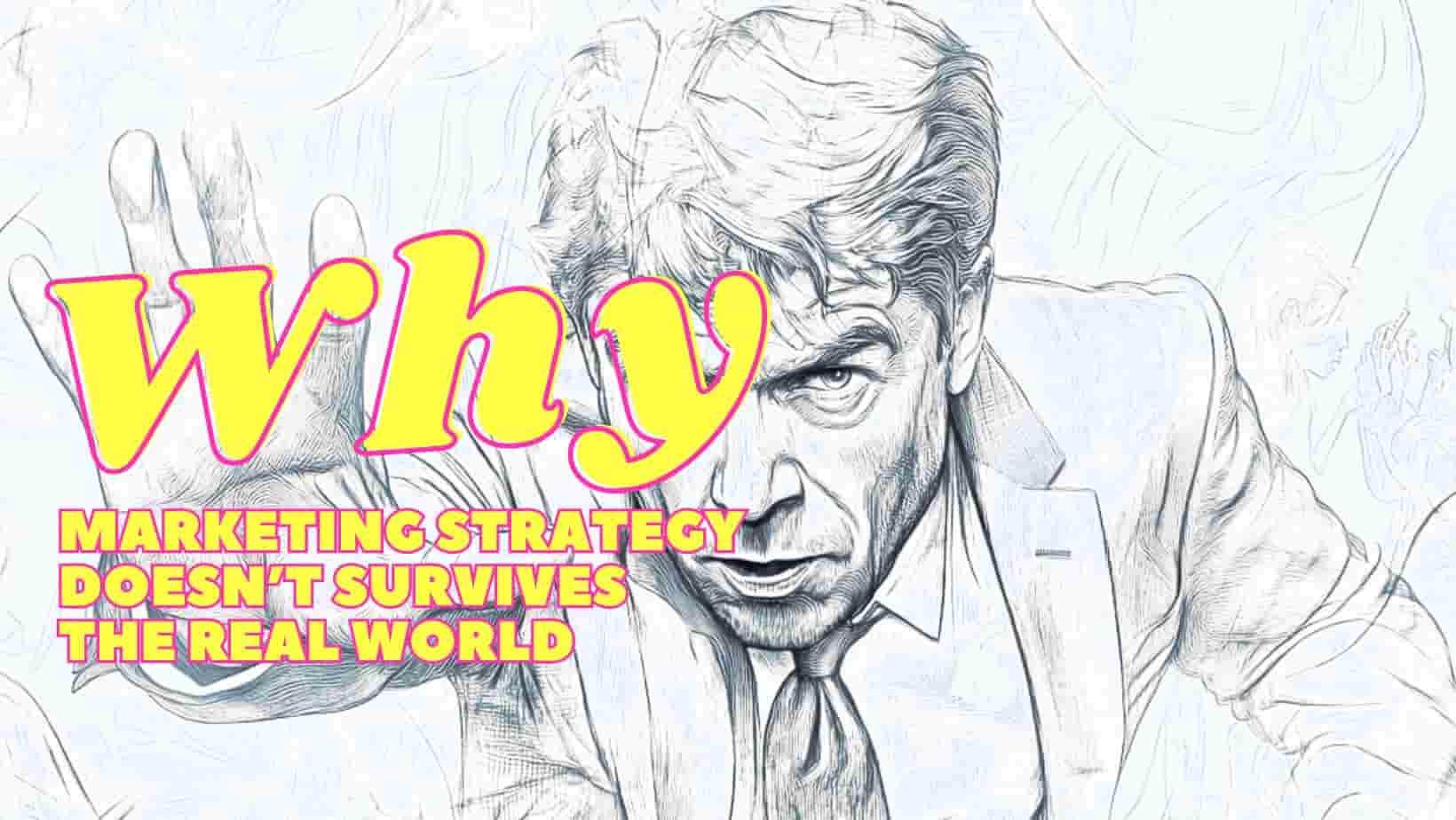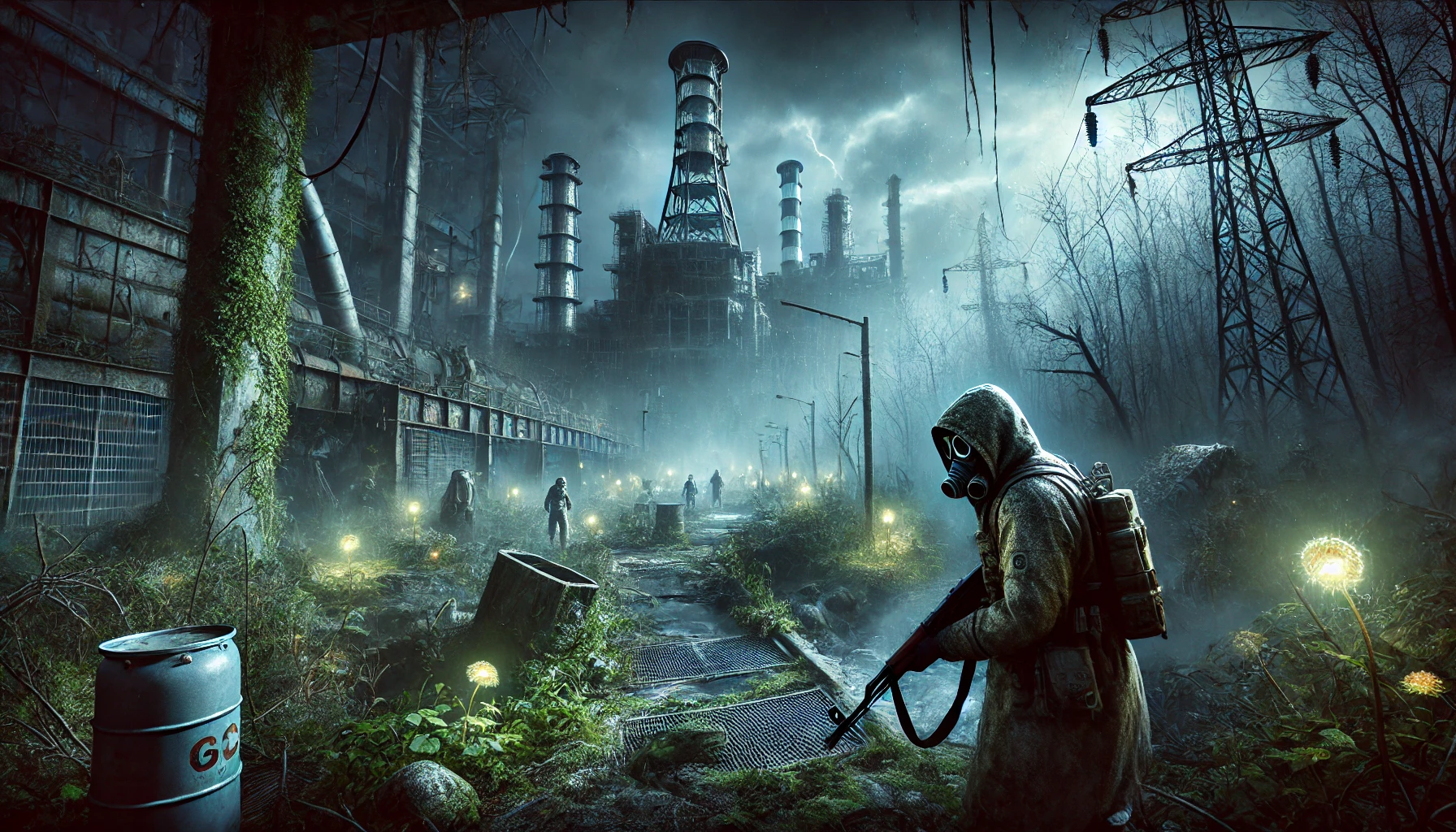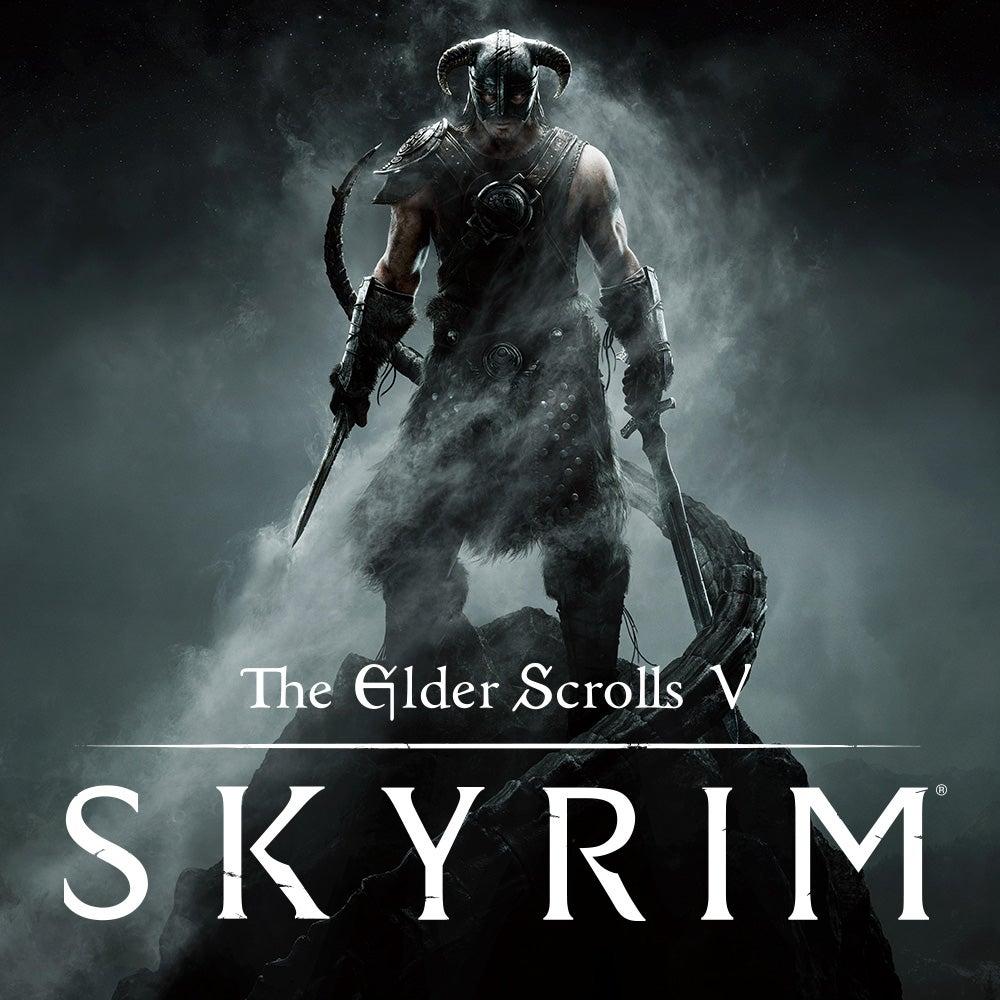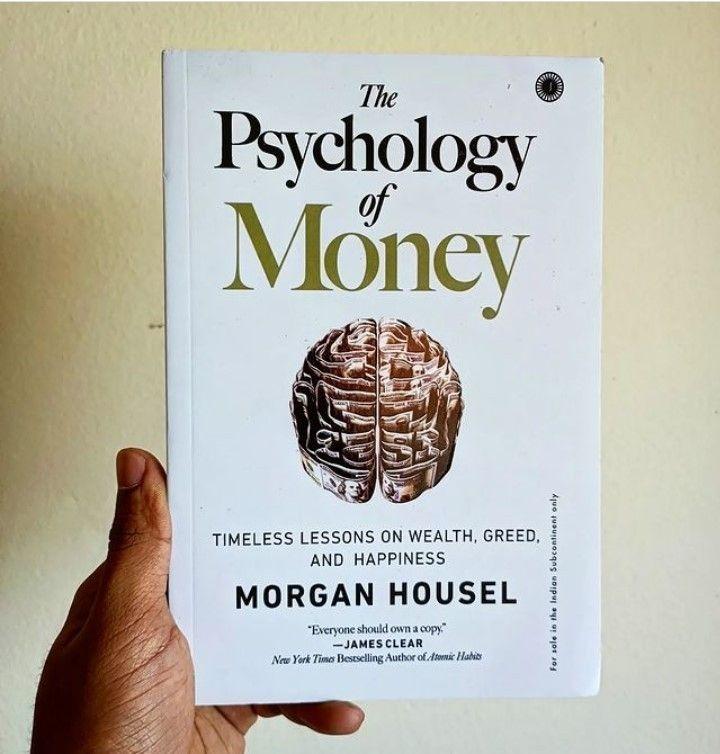The Impulse Purchase Cycle: 3 Key Phases Explained
In today’s fast-paced marketplace, the allure of an unplanned purchase can be irresistible. From colorful in-store displays to personalized online ads, every detail is designed to spark a desire that bypasses rational decision-making. Understanding the impulse purchase cycle is crucial—not only for savvy consumers looking to make informed choices but also for businesses aiming to refine their marketing strategies. In this comprehensive guide, we will explore the three key phases of the impulse purchase cycle, diving into the psychology behind each step and offering practical insights that add real value to your understanding of consumer behavior.
This article is designed to be a one-stop resource. It combines clear explanations, real-world examples, and actionable tips, ensuring that you leave with a deeper understanding of how impulse purchases work and how they can be both leveraged and managed.
Introduction
Impulse purchases are a fascinating aspect of consumer behavior that occurs when a decision to buy something is made spontaneously, often without thorough planning or deliberate thought. These decisions are driven by a mix of emotional triggers, environmental cues, and cognitive shortcuts. For businesses, understanding the impulse purchase cycle is a game changer—it provides insights into how to craft marketing messages that capture attention and drive sales. For consumers, it offers a window into how decisions are influenced, ultimately empowering you to make choices that are more aligned with your true needs.
In this article, we’ll dissect the impulse purchase cycle into three fundamental phases. We’ll look at what sparks the initial desire, how that desire quickly evolves into a decision, and what happens once the purchase is made. Our goal is to provide a detailed, 2500-word exploration that is rich in insights and actionable takeaways.
Understanding Impulse Purchases
Impulse buying is not a random occurrence; it is the outcome of a finely tuned psychological and emotional process. At its core, an impulse purchase is a sudden and unplanned decision to buy something—a decision that bypasses the more deliberate, rational thought processes that normally govern our spending behavior.
Key Characteristics of Impulse Purchases
- Spontaneity: These purchases are made quickly, often within seconds of exposure to the stimulus.
- Emotional Impact: Emotions such as excitement, joy, or even anxiety play a significant role.
- Minimal Rational Analysis: Unlike planned purchases, impulse buys are not usually the result of extensive research or deliberation.
- External Influences: In-store layouts, promotional displays, and targeted online ads significantly contribute to triggering these decisions.
Why Do Impulse Purchases Matter?
Understanding the mechanisms behind impulse purchases can benefit both consumers and marketers:
- For Consumers: Recognizing the triggers can help you make more mindful purchasing decisions and avoid buyer’s remorse.
- For Marketers: Crafting strategies around the impulse purchase cycle can lead to increased sales and a more effective engagement with target audiences.
Phase 1: The Trigger – Igniting the Desire
The first phase of the impulse purchase cycle is all about the trigger. This is the moment when something catches your eye or piques your interest, setting off a chain reaction that leads to an impulsive decision.
Identifying the Triggers
Triggers can be both internal and external:
- External Triggers: These include eye-catching visuals, in-store displays, limited-time offers, pop-up ads, and even the ambient environment. Retailers spend significant resources on store layout design and sensory marketing (lighting, music, scent) to create an environment that stimulates impulsivity.
- Internal Triggers: Emotional states like boredom, stress, or even happiness can make you more susceptible to an impulse purchase. A shopper feeling uplifted may see an attractive product as a reward, while someone feeling low might seek a mood boost from a spontaneous purchase.
Examples in Real Life
Consider walking into a supermarket and being greeted by a vibrant display of seasonal snacks or limited-edition treats. Even if you didn’t plan to purchase anything extra, the sensory appeal and strategic placement of these items can trigger an immediate desire to buy.
The Role of Novelty and Scarcity
Novelty—something new and exciting—often acts as a potent trigger. Scarcity, whether real or perceived, adds urgency to the mix. Limited-edition products or time-sensitive discounts can make you feel as though you must act immediately or risk missing out.
The Neuroscience Behind Triggers
Research in neuroscience shows that impulse triggers activate the brain's reward center, releasing dopamine—a chemical associated with pleasure and reinforcement. This neurochemical reaction encourages you to repeat the behavior, reinforcing the cycle over time. According to studies published in reputable sources like the Harvard Business Review, this dopamine release not only makes the purchase feel rewarding but also strengthens the memory of the buying experience, which can lead to repeat behavior in future encounters.
Phase 2: The Decision – The Moment of Contemplation
Once the trigger has set the stage, the cycle moves into the decision phase. This is where the initial impulse is weighed, however briefly, and the decision to purchase is made.
Speed and Simplicity of Decision-Making
Impulse decisions are typically characterized by their speed:
- Rapid Evaluation: In most cases, consumers have only a few seconds to decide whether to indulge in the purchase.
- Heuristic Processing: Rather than engaging in a detailed analysis, the brain relies on heuristics or mental shortcuts. For example, the “bandwagon effect” (where you assume a product must be good because many others are buying it) plays a significant role.
- Emotion Over Reason: The decision-making process in this phase is highly emotional. While a rational analysis of price, quality, and necessity might occur in the background, the dominant influence is how the product makes you feel.
Cognitive Dissonance and Justification
Even during this split-second decision-making process, a subtle form of self-justification takes place:
- Immediate Rationalization: Your mind may quickly generate a rationale for why the purchase is a good idea, even if it’s not based on thorough logic. This could be anything from “I deserve this treat” to “This is a once-in-a-lifetime offer.”
- Minimization of Risk: The perceived risk is downplayed because the decision is made in the heat of the moment. The emotional payoff is often prioritized over any potential financial loss.
The Role of Social Influence
Social cues also have a profound impact during this phase:
- Peer Influence: Observing others buying or showing interest in a product can tip the scales in favor of an impulsive decision.
- Authority Endorsements: Recommendations from influencers or positive reviews can provide the final nudge needed to complete the purchase.
Case Study: Mobile App Purchases
In the digital realm, mobile app purchases often embody this decision phase. A popular gaming app may offer in-app purchases for virtual goods. The decision to buy is made rapidly—triggered by a limited-time offer or a flashy animation—and relies heavily on the emotional gratification associated with the game. The ease of purchase, often requiring just a tap, further reduces the cognitive load, making the process almost automatic.
Phase 3: The Purchase and Aftermath – Experience and Evaluation
The final phase of the impulse purchase cycle encompasses the actual purchase and the subsequent emotional and cognitive reactions.
The Act of Purchasing
Once the decision is made, the purchase is executed, often with minimal friction:
- Streamlined Processes: Whether in a physical store or online, the purchasing process is designed to be as quick and effortless as possible. One-click buying options, mobile payments, and frictionless checkout systems all contribute to this seamless experience.
- Immediate Gratification: The moment the purchase is made, the brain experiences a burst of dopamine. This immediate reward reinforces the behavior, making it more likely that the cycle will repeat in the future.
Post-Purchase Emotions: Satisfaction vs. Regret
The aftermath of an impulse purchase is a complex mix of emotions:
- Satisfaction: If the product meets or exceeds expectations, the consumer experiences a sense of satisfaction and validation. This positive feedback can foster brand loyalty and encourage future impulse buys.
- Buyer's Remorse: On the other hand, if the product does not deliver the expected value, feelings of regret may set in. Buyer’s remorse can lead to negative associations with the product or the brand, ultimately affecting future purchasing decisions.
The Role of Feedback Loops
The post-purchase phase is not the end of the cycle—it sets the stage for future behavior:
- Reinforcement of Habits: A satisfying impulse purchase reinforces the behavior, making it more likely that the consumer will act impulsively in the future.
- Learning from Experience: Negative experiences, however, can also serve as learning opportunities. Consumers may adjust their future behavior, either by becoming more cautious or by seeking reassurance through reviews and testimonials before making a quick decision again.
Digital Feedback and Social Sharing
In today’s connected world, post-purchase behavior often extends to social media:
- Sharing Experiences: Consumers frequently share their purchase experiences online, whether through reviews, unboxing videos, or social media posts. This sharing acts as social proof and can influence the impulse purchase cycle for others.
- Online Reviews and Ratings: The feedback provided in these public forums contributes to the larger ecosystem of consumer behavior, influencing both future triggers and decision-making processes for potential buyers.
The Psychology Behind Impulse Purchases
To fully appreciate the impulse purchase cycle, it is essential to delve into the psychology that underpins each phase.
Emotional Drivers
- Dopamine Rush: As mentioned earlier, the release of dopamine is a central component. This neurotransmitter is associated with pleasure and reward, making the experience of an impulse purchase highly reinforcing.
- Emotional Vulnerability: Emotional states such as stress, excitement, or even sadness can lower the barriers to impulsive behavior. Retailers often design environments that evoke specific emotions to encourage buying.
- Fear of Missing Out (FOMO): Limited-time offers and scarcity tactics tap into FOMO—a powerful emotional trigger that makes the consumer feel that they must act immediately to avoid regret.
Cognitive Biases
Several cognitive biases play a significant role in the impulse purchase cycle:
- Anchoring: The initial price or perceived value of a product can set an anchor that influences subsequent judgments. If a product is initially presented at a higher price and then offered at a discount, the consumer is more likely to perceive it as a good deal.
- Social Proof: The tendency to look at others’ behavior as a guide for our own decisions is a well-documented phenomenon. Positive reviews and testimonials can act as a shortcut for decision-making.
- Confirmation Bias: Once an impulse purchase is made, consumers may seek out information that justifies their decision, further reinforcing the behavior.
Behavioral Economics in Action
Behavioral economics provides a framework for understanding why consumers deviate from rational decision-making:
- Hyperbolic Discounting: This concept explains why immediate rewards are often valued disproportionately higher than future benefits. The immediate gratification of a purchase can overshadow longer-term financial considerations.
- Endowment Effect: Once a product is in the consumer’s possession, it is often valued more highly than before the purchase, making it difficult to admit that the purchase might have been impulsive.
Understanding these psychological underpinnings can help both marketers and consumers navigate the complexities of impulse buying, turning what might seem like a random act into a predictable, manageable process.
How Marketers Leverage the Impulse Purchase Cycle
For businesses, the impulse purchase cycle is more than a phenomenon to be observed—it is a powerful tool for driving revenue. Let’s explore some of the ways marketers capitalize on each phase of the cycle.
Creating Effective Triggers
- Visual Merchandising: Attractive displays, strategic product placement, and engaging in-store experiences are designed to catch the consumer’s eye.
- Digital Cues: Online, targeted ads, pop-up offers, and personalized recommendations are tailored to trigger interest and evoke emotional responses.
- Promotional Strategies: Flash sales, countdown timers, and limited-time offers create a sense of urgency that pushes consumers toward immediate action.
Enhancing the Decision Phase
- Simplifying the Process: A streamlined user experience, whether in a physical store or an online platform, minimizes friction during the decision-making process. Features such as one-click checkout or digital wallets help facilitate quick decisions.
- Social Validation: Including user reviews, testimonials, and social media integrations can provide the necessary validation to nudge consumers toward a purchase.
- Emotional Storytelling: Brands that successfully tell a story that resonates with the consumer’s values or desires can influence the decision process significantly.
Maximizing Post-Purchase Satisfaction
- Follow-Up Engagement: Post-purchase emails, loyalty programs, and customer feedback requests help to maintain a positive relationship with the buyer.
- Customer Service Excellence: Addressing any post-purchase concerns quickly and efficiently can convert a potentially negative experience into a long-term positive association.
- Building a Community: Encouraging customers to share their experiences online not only reinforces their satisfaction but also creates a network effect, influencing others to engage with the brand.
The Future of Impulse Purchase Marketing
Innovations in technology, particularly in the realm of artificial intelligence and data analytics, are set to refine how businesses target and influence impulse buying even further. By analyzing consumer behavior in real time, companies can craft even more personalized and timely offers that resonate with individual shoppers. This evolution is not only making marketing more effective but also raising important questions about consumer autonomy and the ethics of persuasive design.
Implications for Consumers: Making Better Choices
While marketers work hard to trigger and facilitate impulse purchases, understanding the underlying cycle can empower you as a consumer. Here are some practical tips to help you navigate this landscape more mindfully:
Recognize the Triggers
- Stay Aware: The first step in managing impulse purchases is to recognize what triggers your impulsivity. Notice the environmental cues, emotional states, and social influences that nudge you toward a purchase.
- Pause and Reflect: If you feel an impulse coming on, give yourself a moment to pause. Ask yourself if the product genuinely meets a need or if it’s simply the result of a well-crafted trigger.
Create a Personal Strategy
- Set Budget Limits: Establish clear budget guidelines and adhere to them. This can help minimize the impact of unplanned purchases on your overall financial health.
- Delay Gratification: Implement a waiting period before finalizing a purchase. Even a short delay can give you time to reassess the necessity of the item.
- Evaluate Reviews: Look for objective reviews and feedback from other consumers before making a decision. This practice can counteract the emotional pull of an impulse purchase with rational analysis.
Learn from Past Experiences
- Reflect on Previous Purchases: Take time to analyze your past impulse buys. What worked well, and what led to regret? Use these insights to inform your future decisions.
- Seek Balance: Enjoy the occasional spontaneous purchase, but balance it with planned spending to ensure you’re not compromising your financial goals.
Leverage Technology for Good
- Use Budgeting Apps: Modern apps can track your spending habits and alert you when you’re approaching your limits.
- Educate Yourself: The more you understand about the psychological triggers behind impulse purchases, the better equipped you’ll be to counteract them.
Additional Insights on Consumer Behavior
To further enrich your understanding of the impulse purchase cycle, it is helpful to consider broader consumer behavior trends. Research in behavioral economics and consumer psychology has shed light on various factors that influence impulsive behavior. For example:
- Emotional Intelligence: Consumers with higher levels of emotional intelligence tend to recognize when their purchasing decisions are being influenced by external triggers and may be better able to regulate their responses.
- Social Media Influence: With the rise of social media, the influence of peer recommendations and online communities has grown exponentially. Seeing friends or influencers endorse a product can tip the scales toward an impulsive decision.
- Cultural Factors: Cultural norms and societal expectations also play a role. In some cultures, spontaneity in purchasing is celebrated, while in others, it may be viewed with skepticism.
By integrating insights from these broader trends, you can develop a more holistic view of how the impulse purchase cycle fits into the larger picture of consumer behavior.
How to Create a Winning Strategy (For Marketers and Consumers Alike)
Whether you’re a marketer looking to optimize your strategy or a consumer aiming to understand your behavior better, the following best practices can help you navigate the impulse purchase cycle more effectively:
For Marketers
- Craft Engaging Visuals: Invest in high-quality visuals and innovative display designs that captivate attention.
- Personalize Offers: Use data analytics to tailor offers to individual consumer profiles, increasing the relevance and appeal of your promotions.
- Encourage Social Proof: Integrate social sharing options and display positive customer testimonials prominently.
- Foster Trust: Transparent communication and excellent customer service go a long way in ensuring that impulse purchases lead to long-term loyalty rather than buyer’s remorse.
For Consumers
- Educate Yourself: Knowledge is power. The more you know about how and why impulse purchases occur, the better you can manage them.
- Implement Self-Control Techniques: Techniques such as the “10-minute rule” (waiting 10 minutes before making a purchase) can help mitigate impulsivity.
- Budget and Prioritize: Maintain a clear budget and prioritize needs over wants. This approach ensures that your spending aligns with your long-term financial goals.
- Reflect on Feedback: Consider feedback from friends, family, or even online communities before making a purchase. Sometimes an outside perspective can help you see past the immediate appeal of a product.
The Future of Impulse Buying
As technology continues to evolve, so too will the strategies that influence consumer behavior. Advances in artificial intelligence, real-time analytics, and augmented reality are already reshaping how products are marketed and sold. Imagine a future where virtual try-ons, personalized offers in real time, and even AI-driven recommendations transform the impulse purchase cycle into an even more dynamic and immersive experience.
For marketers, this means staying ahead of the curve by continuously innovating and testing new ways to trigger, engage, and satisfy consumers. For consumers, it means becoming more informed and discerning, ensuring that even in a highly stimulating environment, your decisions remain aligned with your values and financial goals.
Conclusion
The impulse purchase cycle is a dynamic and multifaceted process that involves much more than a mere spur-of-the-moment decision. It is a cycle driven by external triggers, rapid emotional decision-making, and post-purchase evaluations that reinforce future behavior. By understanding the three key phases—the trigger, the decision, and the purchase with its aftermath—both consumers and marketers can harness the power of impulse buying in ways that benefit their respective goals.
For marketers, mastering this cycle means crafting strategies that captivate, engage, and ultimately convert potential customers into loyal buyers. For consumers, awareness of these mechanisms can empower you to take control of your purchasing decisions, ensuring that every purchase aligns with your real needs rather than just a fleeting emotion.
By integrating psychological insights, technological advancements, and practical strategies, this comprehensive guide aims to be a definitive resource on the impulse purchase cycle. Whether you’re looking to improve your marketing strategies or simply gain a deeper understanding of your own spending habits, the knowledge contained here is designed to add genuine value to your everyday life.
Additional Resources
For further reading on the psychological and economic factors influencing impulse purchases, consider exploring reputable sources such as:
- Harvard Business Review: Offering in-depth analysis and research-backed articles on consumer behavior and marketing strategies.
- The Journal of Consumer Research: For academic insights into how impulsivity and consumer decision-making intersect.
Staying informed through these and other reputable resources can help you keep pace with the ever-evolving landscape of consumer behavior.
Final Thoughts
Understanding the impulse purchase cycle is akin to unlocking a hidden blueprint of consumer behavior. The journey from a fleeting impulse to a final purchase is influenced by a myriad of factors, ranging from emotional triggers to cognitive shortcuts. Whether you’re a marketer leveraging this cycle to boost sales or a consumer aiming to make more mindful decisions, the insights provided in this guide offer a robust framework to understand and navigate the impulse purchase phenomenon.
In a world where distractions are plentiful and decisions are made in seconds, having a clear, structured understanding of the impulse purchase cycle can empower you to take control—whether that means crafting compelling marketing campaigns or simply pausing to reflect before clicking “buy now.” By bridging the gap between psychology, marketing, and consumer behavior, you are now equipped with the knowledge to turn impulse moments into opportunities for informed action.
Embrace the knowledge, apply the strategies, and let every purchase be a choice made with clarity and confidence.








